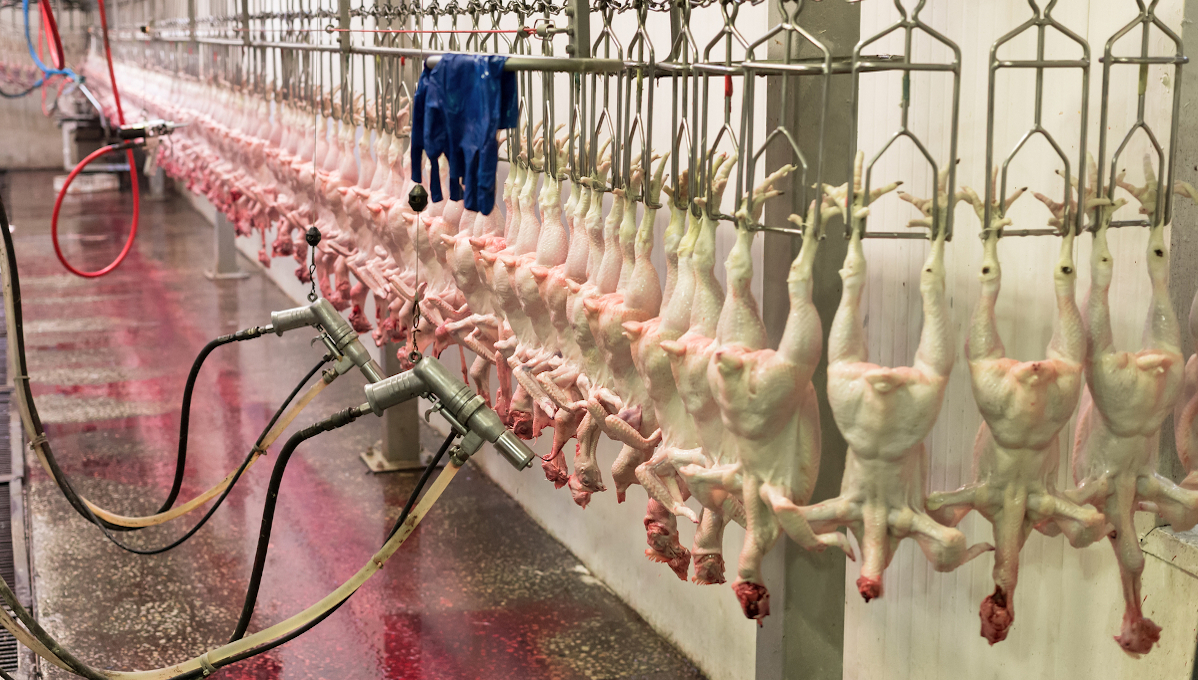
The USDA’s Food Safety and Inspection Service (FSIS) is extending the deadline for comments on a proposed rule that would prevent poultry producers from selling chicken and turkey contaminated with high levels of certain types of Salmonella. Nov. 7 is the new deadline for comments on the proposed rule on reducing Salmonella in raw poultry products.
FSIS decided to extend the original 60-day period for such feedback because of requests from industry. When comments are in, USDA will begin writing the final rule. The rule would make it illegal to sell chicken, chicken parts, or ground chicken and turkey if they are found to be contaminated with certain types of Salmonella.

It is to be applied by the USDA’s FSIS. The proposed rule was more than three years in the making. An enforcement date has not yet been set.
Industry organizations, individual producers, and consumer groups are among those filing comments. The USDA rolled out the plan in late July to establish final product standards to keep levels of Salmonella at or above 10 colony-forming units (CFU) per gram/ml and any detectable level of at least one of the Salmonella serotypes of public health significance from entering commerce. The rule also addresses poultry establishments’ efforts to develop a microbial monitoring program to prevent pathogen contamination throughout slaughter.
According to the USDA, about 1 million human infections occur annually in the United States from Salmonella bacteria. The numbers are from the Atlanta-based Centers for Disease Control and Prevention. The FSIS also estimated 125,000 chicken-associated illnesses and almost 43,000 turkey-associated illnesses in 2021.
As led by the National Chicken Council (NCC), industry associations oppose the proposed rule. “We remain committed to further reducing Salmonella and fully support changes in food safety regulations based on sound science and robust data, and are demonstrated to impact public health positively,” said Gary Kusher, interim president of NCC. “However, we are concerned this proposal is not based on any of those.
Instead of sound science and robust data, the proposed rule continuously references agenda-driven, activist organizations to substantiate these sweeping changes.” Consumer groups generally support the 149-page proposal as a step forward for public health. Research has found that Salmonella in poultry is responsible for 29 percent of Salmonella illnesses in the United States.
According to Consumer Reports (CR), salmonella contamination is widespread in chickens partly because of the often crowded and filthy conditions in which they are raised. Salmonella from live birds contaminates chicken and chicken parts while carcasses are being sold to consumers. “A 2022 CR investigation , for example, found almost one-third of ground chicken samples tested contained salmonella.
Of those, 91 percent were contaminated with one of the three strains that pose the biggest threat to human health: Infantis, Typhimurium, and Enteritidis,” according to Consumer Reports. The federal eRulemaking portal is available to those who want to comment. (To sign up for a free subscription to Food Safety News, click here.
).














